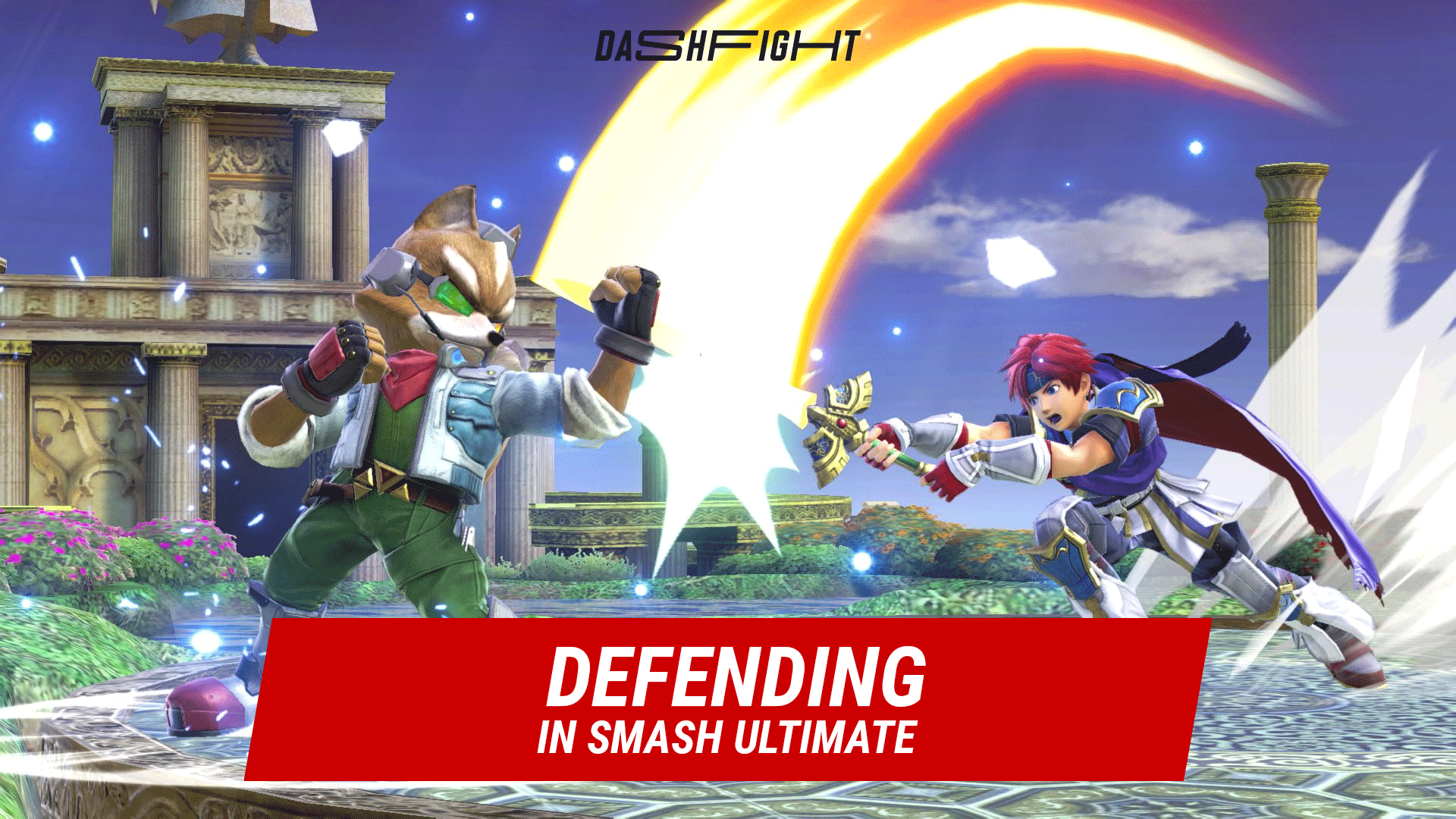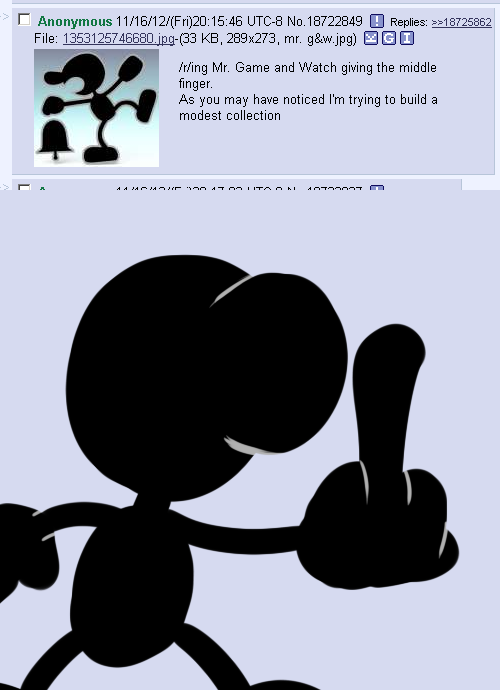Learn how to use all the defensive options at your disposal in Super Smash Bros Ultimate.
Defensive Options in SSBU
As a platform fighter, Super Smash Bros Ultimate relies on a combination of mechanics to give players ways to defend against attacks. The most easily identifiable of these is the Shield mechanic, who has been part of the since its inception. In this guide, we will get into more details on what you can do with your Shield, but first, we should talk about some other, more passive forms of defensive play. Some characters can have a harder time in their defensive play, so we recommend you see if any of these beginner characters for SSBU fit your playstyle first so you can practice the fundamentals.
Non-Shield Options
Know that you don't have to play multiplayer matches to be able to practice any of the following. There is a number of game modes in Super Smash Bros Ultimate that can give you the best environment to practice your shield and non-shield options to perfect the defensive part of your gameplay.
Spacing in Smash Bros Ultimate
The first is spacing. In most traditional fighting games, aka the ones that do not entail throwing people off platforms to their death, spacing is critical. This is one of the few aspects that does translate between the two sub-genres. The main difference is that in SSBU, spacing has an important vertical component.
Know Thyself
A vital part of a defensive playstyle centered around spacing is to make sure you know what you can get away with. Every character has tools to close or widen gaps quickly. First, learn what your favorite or main character is capable of doing. Starting with how close you should be to land particular hits. Then compare your range with that of other characters. You will find that sometimes your range is not enough. If that is the case, then executing that move is unwise.
As you test out different moves, you will feel what ranges you can best play against any given character. Once that is settle, you can start to think about who dar you should be so that your opponents do the same thing to you.
Know Thy Enemy
While you improve, others will too, or at the very least, you will face better opponents. This is where the meat on the Smash bone starts to get ludicrous. Each character has a unique kit, and you are expected to prepare for all, or even just the most popular ones. Top players in the scene have the time and commitment to learning each of these character's ranges. You might not. So the best advice here is to practice and try to develop an idea of what general safe ranges are around the archetype characters.
- Swords: Often these will be longer than you think and some might even have sweet spots (locations of frames in their attacks that deal extra damage or knockback)
- Grapplers: Close quarter characters that need to be right in front of you to deal maximum damage.
- Projectiles: Zoners rely on their ranged attacks to cage you in an area they can control, keep some brain bandwidth free to find your way out of them.
Best Defense is a Good Offense
Generally speaking in SSBU you actually want to play offensively. Your attacks are far better at dissuading opponent's moves than your shield, or spacing ever will. This is sometimes referred to as pressure. Having your opponent pile on the pressure on you as you reach higher percentages will feel like a comeback is impossible. You have to remember that whether you are 0% or 200%, you hit just as hard, if not harder. Think of percentage as a recommendation on how to respond to certain attacks and not so much as a metric of whether you are losing or not.
Smash Bros Shield Options in SSBU
The key mechanic at play for a, strictly speaking, defensive play in SSBU is the shield or guard, as it's sometimes referred to. Visually, it's a bubble around the character that absorbs all damage dealt to it. These shields are not permanent however, they will naturally decay as they are held down, recharging over time; or will be consumed as the character takes damage from their opponent. The shield is also frame instant, meaning that as soon as the input is given the character will bring its shield up.
Air Dodge in Smash Ultimate
Before we dive deep into the mechanic, it is worth noting that if you attempt to go into shield while in the air you will perform an air dodge. This moves provides a short amount of invisibility frames and can be used to dash into the direction of input. You only have one of these air dodges to use. To reset your count, you have to land on the stage. To get a better idea of what frames of invisibility are, we highly recommend you read over our SSBU frame data guide so you can get a better idea of what we are talking about.
Before & During Shield
As noted earlier, shielding is an instantaneous action. As long as you are on the ground, you will be able to enter it before any attack can reach you. The next question is, what do you do while you are shielding? When you start playing, shielding can be a great way to cut down the fight's tempo to gather your thoughts. But as you reach Elite and start playing more challenging opponents, you will want to shift it into thinking what you can get out of a well-timed shield. Shielding will become an extra attack that you can do. You just need to figure out when it's the best moment to execute it.
Dangers
Much like your overall percentage, your shield is a resource. As such, you should be asking if you truly need to use it as the match goes on. Too much shielding can also give your opponent more information about your gameplay, which they will use to win you. There is also the importance of not getting grabbed and thrown when shielding. It is the only attack that will go through the shield and take you out of it. If this were an offense guide, we would be telling you to look out for heavy shiel players and punish them for doing shielding so much. Make sure you don't fall in that category.
Out of Shield in Ultimate
You can't live inside your shield forever. Eventually, you will need to think of the options at your disposal to get out of it, or better yet, think about what advantage using a shield gives you over some other move. The following options exist to get out of shield. Worth noting that you might be tempted to use any of them every single time you get out of your shield, but just dropping shield is a good strategy as well, mainly if you have conditioned your opponent to expect something else.
How to Roll out of Shield
The simplest option is to roll out of the shield. This is done by moving either left or right while shielding. Your character will move a short distance to the chosen side and be invulnerable while doing so. Similar to air dodging. It's a great way to get out of the attack range for an attack or to switch sides when at melee range. The move is not without its dangers. If your opponent knows you prefer to roll out of your shield and they also know which side you are likely to take, they can quickly punish you for it. The game also has an increasing penalty mechanic for evasive moves, like rolling, which means that each consecutive evasive action you do will be slower and move a shorter distance.
How to Parry out of Shield
The other move you can do out of shield, and the one that arguably gives the most significant advantage, is to parry out of it or to perfect shield as it is sometimes called. Parrying means letting go of the Shield button the moment your opponent lands a strike on you. If you timed it correctly against melee attacks, your opponent will freeze for a few frames allowing you to attack, either starting a combo or even using a powerful smash attack. If you parry projectile attacks these will simply vanish and allow you a near-instant response.
Conclusion
Playing defensively in Smash requires a surprising amount of finesse. Although none of its elements are frame-perfect, the margin in which high-level players work is nothing short of incredible. If you are looking for some good offensive gameplay from these top players, go ahead and check out the following profiles:


























